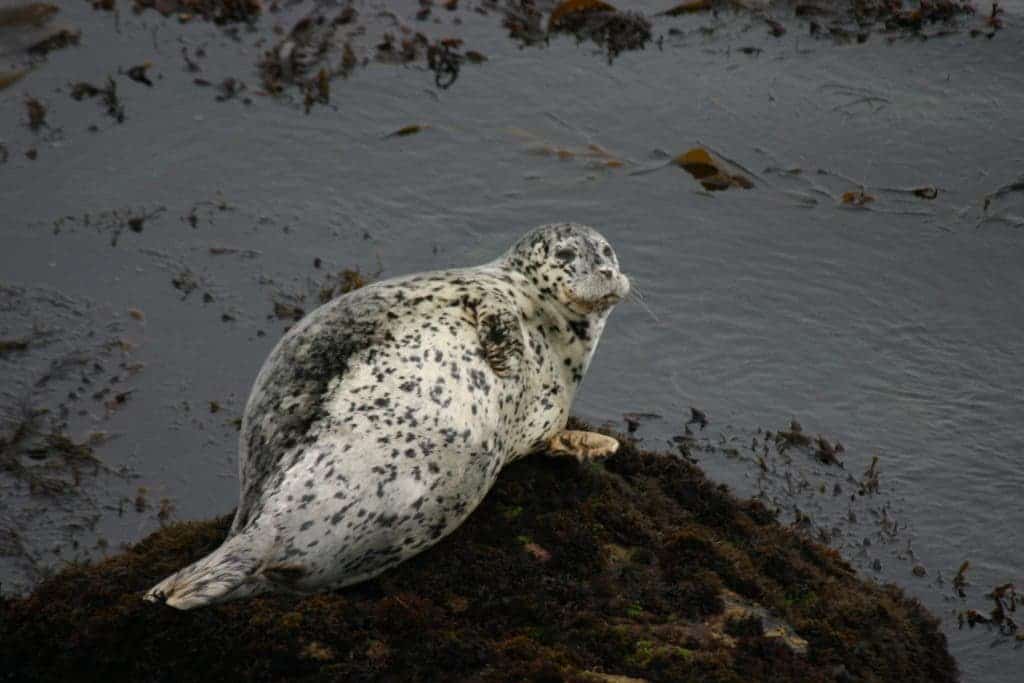We knew pollution was really bad — but this is something else. Researchers have traced the owner of a working USB stick filled with pictures and videos of seals. The USB was somehow ingested and defecated by a seal and found by scientists in frozen poop.

Being an Antarctic biologist is a rewarding job, but it certainly has its less glamorous parts. Sifting through frozen and thawed seal turds to see what the animals eat is definitely one of them.
“You put it under the cold tap, get all the gross stuff off, smoosh it around a bit and separate the bones, feathers, seaweed, and other stuff,” Jodie Warren, a volunteer with leopardseals.org, told NIWA.
So Warren and another volunteer were going about their work when they noticed something unusual. After cleaning it up, they were surprised to see a USB stick. They cleaned it off and let it to dry at room temperature for a few weeks. After that, they did what any curious person would do — tried it out to see if it works.
Its contacts were still intact and the stick worked perfectly. All the images were still accessible, and the USB also contained a video which is the only clue regarding the person’s identity: the blue tip of a kayak. The story was quickly picked up by various media outlets, and word spread. Ultimately, it reached Amanda Nally, a seal enthusiast.
Before she lost the USB, Nally reported a situation to NIWA where one of the nearby seals appeared thin and in danger. She took photos of the seal to show biologists, but unbeknownst to Nally, her USB stick somehow got lost. It’s not clear how exactly it ended up in the seal poo, but researchers suspect a bird must have snatched it, ate it, and then ended up itself eaten by a seal.
“How the USB stick got in the seal poo remains a quandary – the scientists who unfroze the sample are adamant it was too enmeshed to have simply been dropped in it as it were,” Nally told Metro. “It was surrounded by feathers and small bird bones, so they thought it may have been accidentally dropped by me, then picked up by a seabird, which was in turn eaten by a leopard seal, which was then found by me.”
Nally was reunited with the USB, and now has an awesome story to tell with it. The whole event might even shed some light on how man-made objects end up ingested by animals — a cause of concern for many species worldwide.
The more researchers can understand about these creatures, the better they are able to protect them. Leopard seals can weigh up to 350 kg (771 pounds). Their diet mostly consists of krill, squid, and various fish, but they can also feed on more substantial prey such as penguins and even the young of other seal species.






